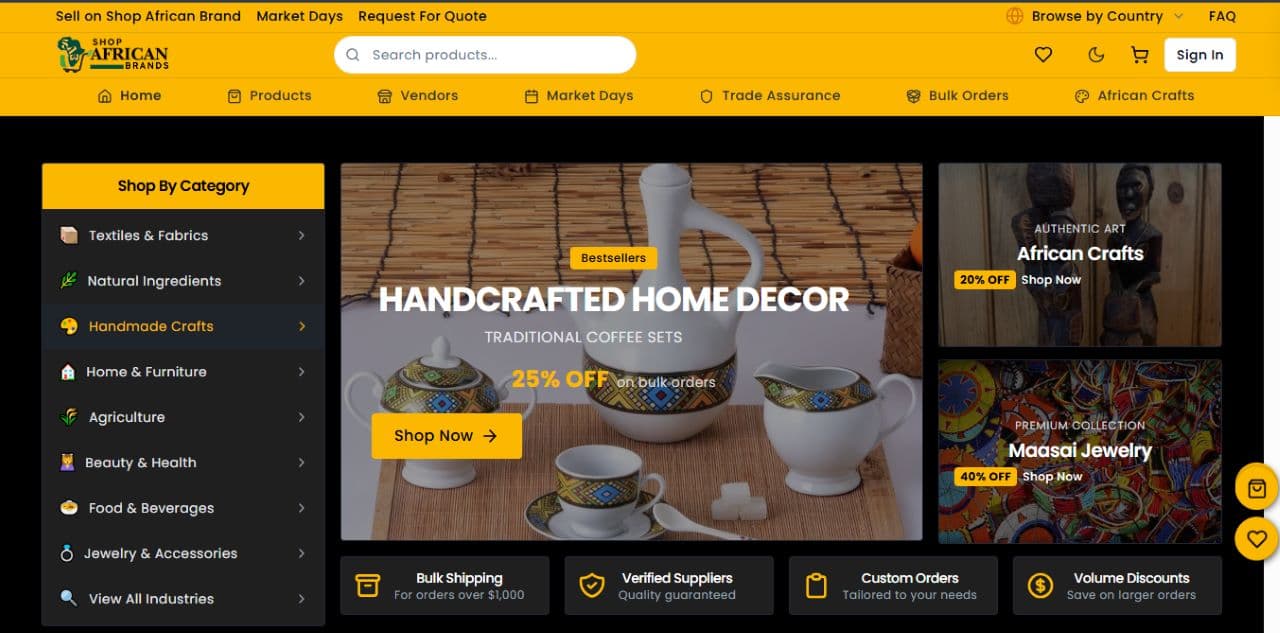TikTok Just Released Its React Native Killer… Lynx

The Cross-Platform Development Landscape
Mobile developers have long faced a challenging decision: build separate native apps for iOS and Android, or use a cross-platform framework to write code once and deploy everywhere. React Native, Flutter, and a handful of other frameworks have dominated this space for years, each with their own strengths and compromises.
TikTok's entrance into this competitive space is significant. With over a billion active users, TikTok has proven its ability to build high-performance applications that work seamlessly across devices. Lynx is the framework that powers parts of TikTok itself, battle-tested at a scale few applications ever reach.
What Makes Lynx Different?
At its core, Lynx takes a fundamentally different approach to cross-platform development:
Architecture
Unlike React Native, which uses a JavaScript bridge, Lynx uses a direct C++ core with platform-specific rendering engines. This eliminates the overhead of bridge communication that often causes performance bottlenecks in React Native.
Performance Focus
Lynx prioritizes rendering performance above all else. The framework is built around a highly optimized layout engine that can achieve consistent 60fps animations even on lower-end devices.
Bundle Size
Lynx claims to produce significantly smaller application bundles compared to React Native or Flutter, with the base framework weighing in at just under 2MB when compiled.
Developer Experience
While React Native uses JSX, Lynx introduces its own templating language that feels like a hybrid between JSX and Vue templates, with special optimizations for mobile interfaces.
TikTok's Advantage
ByteDance has the unique advantage of having built one of the world's most successful mobile apps. Lynx is built from the lessons learned scaling TikTok to over a billion users, with particular focus on performance on mid-range Android devices — a demographic often overlooked by Western app developers.
Code Example: Component Structure
Here's a glimpse of what a simple component looks like in Lynx compared to React Native:
React Native:
import React from 'react';
import { View, Text, StyleSheet, TouchableOpacity } from 'react-native';
const Button = ({ onPress, title }) => {
return (
<TouchableOpacity style={styles.button} onPress={onPress}>
<Text style={styles.text}>{title}</Text>
</TouchableOpacity>
);
};
const styles = StyleSheet.create({
button: {
backgroundColor: '#2196F3',
padding: 10,
borderRadius: 5,
},
text: {
color: 'white',
textAlign: 'center',
},
});
export default Button;Lynx:
import { Component, Prop } from 'lynx';
@Component({
template: `
<button @tap="handleTap" class="primary-button">
<text class="button-text">{{ title }}</text>
</button>
`,
styles: `
.primary-button {
background-color: #2196F3;
padding: 10px;
border-radius: 5px;
}
.button-text {
color: white;
text-align: center;
}
`
})
export class Button {
@Prop() title: string;
@Prop() onTap: Function;
handleTap() {
this.onTap && this.onTap();
}
}The Lynx approach separates template, styles, and logic in a way that might feel familiar to Vue or Angular developers, while adding strong typing with TypeScript by default. The decorator syntax is reminiscent of Angular, but with a much lighter footprint.
Performance Benchmarks
ByteDance has released some impressive benchmarks comparing Lynx to other frameworks:
| Metric | Lynx | React Native | Flutter |
|---|---|---|---|
| Initial Load Time | 320ms | 890ms | 530ms |
| Memory Usage | 45MB | 86MB | 58MB |
| FPS During Animation | 59.7 | 52.3 | 57.8 |
| App Size Increase | 1.8MB | 7.2MB | 4.5MB |
While these numbers are impressive, they should be taken with a grain of salt as they were conducted by ByteDance's own engineering team. However, early adopters have reported similar performance gains, especially on mid-range Android devices.
The Developer Experience
One of the biggest challenges for any new framework is building a developer community and ecosystem. React Native benefits from the massive React ecosystem and the familiarity JavaScript developers have with its concepts.
Lynx faces an uphill battle here. While the documentation is comprehensive, it's currently only available in English and Chinese. The tooling is still maturing, with the development experience centered around ByteDance's own IDE plugins rather than supporting a wide range of editors.
Getting Started
If you're curious about Lynx, getting started is straightforward:
# Install the Lynx CLI
npm install -g lynx-cli
# Create a new project
lynx create myapp
# Run the development server
cd myapp
lynx devThe CLI will set up a project with a basic structure, including a main app component and sample screen. Hot reloading works as expected, with changes appearing almost instantly on the connected device or simulator.
Is Lynx Right for Your Next Project?
Despite the impressive technical achievements, deciding whether to adopt Lynx requires careful consideration:
Pros
- Exceptional performance, particularly on Android devices
- Smaller application bundle sizes
- Solid TypeScript integration from the start
- Backed by a tech giant with proven mobile expertise
Cons
- Smaller ecosystem compared to React Native or Flutter
- Learning curve for developers not familiar with decorator-based syntax
- Limited third-party libraries and components
- Potential concerns about ByteDance's control over the framework
Best Use Cases for Lynx
- Apps requiring extremely smooth animations and transitions
- Applications targeting markets with a high percentage of mid-range Android devices
- Products where download size and performance are critical metrics
- Teams willing to invest in a newer technology for performance gains
Conclusion
Lynx represents an exciting new option in the cross-platform development space. Its performance-first approach addresses many of the frustrations developers have had with existing frameworks, particularly when it comes to animation smoothness and resource usage.
While it's too early to declare Lynx the definitive "React Native killer," it's certainly a framework worth watching. For projects where performance is the absolute priority and you're willing to invest in a newer ecosystem, Lynx could be a compelling choice.
As with any framework choice, the decision should ultimately be based on your specific project requirements, team expertise, and long-term maintenance considerations. But one thing is clear: competition in this space is healthy, and Lynx is pushing the boundaries of what's possible in cross-platform mobile development.
← Back to Articles